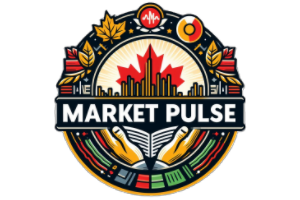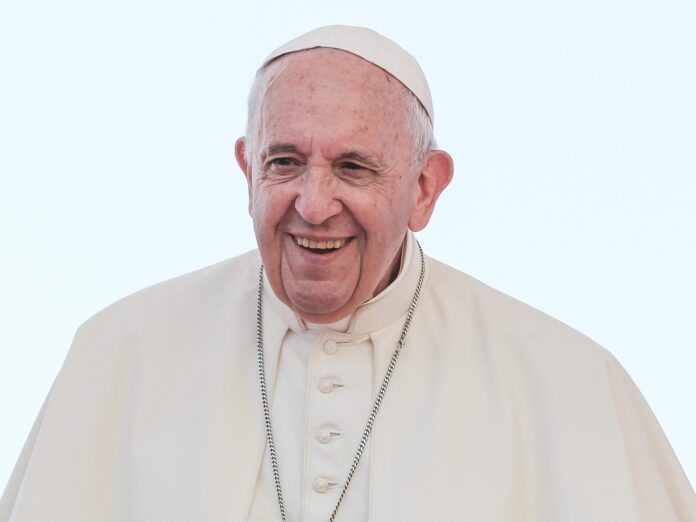Pope Francis died on Easter Monday at the age of 88.
“Dearest brothers and sisters, with deep sorrow, I must announce the death of our Holy Father Francis,” Cardinal Kevin Farrell announced on Monday.
“At 7:35 this morning [05:35 GMT], the Bishop of Rome, Francis, returned to the house of the Father. His entire life was dedicated to the service of the Lord and of His Church,” he said.
Here is what we know about the death of the Argentinian pontiff, the first in history from Latin America, who led the Catholic Church for more than 12 years.
How did the pope die?
Pope Francis died of a stroke followed by a coma and heart failure on Monday morning, the Vatican’s press office said in a statement.
The pope has also suffered a “previous episode of acute respiratory failure”, arterial hypertension and type II diabetes, the statement said.
Farrell made the announcement at 9:47am (07:47 GMT), about two hours after Francis died. Farrell spoke from Domus Santa Marta, the apartment on Vatican grounds where Francis lived and where he had returned to recover after a hospitalisation for double pneumonia in February.
In the coming weeks, Farrell will play an important role, overseeing the administration of the Holy See until a new pope is chosen.
Cardinal Kevin Farrell, Cardinal Pietro Parolin, and Archbishop Edgar Peña Parra seal the doors of the papal apartment in the Apostolic Palace and the door to the apartment of the Casa Santa Marta, where the late Pope Francis lived.
The rite of the certification of death and… pic.twitter.com/PP6j4SbqPr
— Vatican News (@VaticanNews) April 21, 2025
What were Pope Francis’s health problems?
The pope was hospitalised for five weeks in February-March, initially suffering from a severe respiratory insufficiency from viral and bacterial infections. He had often struggled with bronchitis during winter.
He was subsequently diagnosed with a polymicrobial infection, which evolved to pneumonia in both lungs. Francis came close to death during his hospitalisation, according to his medical team.
He was also treated for an asthmatic respiratory episode, early-stage kidney failure, and a bronchial spasm that led him to aspirate vomit following a severe coughing fit.
He received noninvasive mechanical ventilation at night and high-flow oxygen therapy during the day.
His doctors had said the pope was so critically ill that the staff considered stopping his treatment so he could die.
“We had to choose whether to stop [treatment] and let him go, or push forward and try [to save him] with all the drugs and therapies possible, running the very high risk of damaging other organs. In the end, we took this path,” Sergio Alfieri, a general surgeon at Rome’s Gemelli Hospital, said in an interview recently.
According to Alfieri, it was the pope’s personal nurse, Massimiliano Strappetti, who urged the medical team to persist with treatment, saying, “Try everything – don’t give up.”
His condition stabilised, and the pontiff continued his recovery at his residence. He made several public appearances over the past week, but his weak voice served as a reminder of his frailty.
How did Pope Francis spend his final days?
Doctors at Gemelli Hospital prescribed him a regimen of complete rest.
After 38 days in hospital, the pope was discharged on March 23. He returned to his residence at the Casa Santa Marta.
With Easter just three weeks away, the pope’s schedule grew increasingly demanding.
On April 9, he met King Charles of the United Kingdom and Queen Camilla at the Casa Santa Marta. This meeting coincided with their 20th wedding anniversary during their state visit to Italy.
The audience was arranged at the last minute, following the postponement of a planned formal state visit due to the pope’s health issues.

On April 17, Holy Thursday, a significant day in the Catholic calendar commemorating the Last Supper of Jesus Christ, Francis visited Rome’s Regina Coeli, where he met with some 70 inmates.
In past years, he had washed the feet of prisoners, echoing Jesus’s gesture with his disciples on the eve of his death. This time, however, the Vatican said he apologised for being unable to perform the ritual. Instead, he offered them rosaries and pocket-sized Gospels as gifts.

Four days later, on April 20, Francis received United States Vice President JD Vance at his residence.
“I know you have not been feeling great, but it’s good to see you in better health,” Vance said. “Thank you for seeing me.”
The meeting came as the pope and Vatican officials have criticised several of President Donald Trump’s policies, particularly his efforts to deport migrants.
Francis has denounced the immigration crackdown as a “disgrace”. Meanwhile, Vance, who converted to Catholicism in 2019, has defended the policy by referencing his interpretation of Catholic teachings from the medieval era.
It was the pope’s last diplomatic meeting.

Later that day, he delivered the traditional Urbi et Orbi blessing, Latin for “to the city and the world”, before thousands of Catholic pilgrims gathered in St Peter’s Square for the Vatican’s open-air Easter Sunday Mass.
During this time, the pope condemned the “deplorable humanitarian situation” caused by Israel’s 18 months of war on the Palestinian territory. He also called for a ceasefire in Gaza.

Then, to everyone’s surprise, he made his way down to Saint Peter’s Square, riding through the crowds in the open-top Popemobile – the iconic white Mercedes-Benz used by popes to greet the faithful.
Near the end of his final tour of the square, several children were lifted towards him.
It would be the last time the world saw him alive. He died the next morning.


